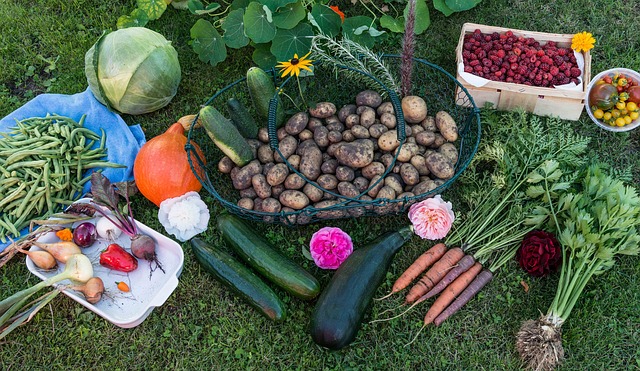Starting your own vegetable garden
There are many benefits to growing your own vegetable patch. Here's how to get started.

What kind of garden do you want for your home? Do you envision yourself going to your backyard and picking out herbs and vegetables from your own garden?
There are many benefits to growing your own vegetable patch. It is an effective stress reliever and a great family activity. Here are a few tips to help you get started:
- Available space – Check your available space. Contrary to what most people think, you do not need a large space to start your own herb and vegetable garden. People with limited space have two options: container gardening and vertical gardening. When it comes to container gardening, don’t limit yourself to the traditional terra cotta pots. There are other choices such as planters, window boxes, and even hanging baskets. You can also improvise and use old cans and other containers. Another alternative if you have a small garden is vertical gardening. All you need is a trellis or a cage to allow plants to extend upward. Trellising is one of the most efficient ways to maximise the available space.
- Pick the perfect spot – Now that you know how much space you have, it’s time for you to choose the best area to plant your vegetables. You need to determine how much sunlight each area gets. Some plants need plenty of sunlight, but there are also plants that grow well in partly shaded areas. Aside from sunlight, you also need to consider the water source. Can your vegetable patch be easily reached by your garden hose? Remember, the closer it is to the water source, the easier it will be for you when you water your plants.
- Preparing the soil – After choosing the spot for your garden, it’s time to prepare the soil. Clean the area and remove all the weeds and grasses. Use a shovel or trowel to loosen up the soil and remove large rocks in the process. Now is also the time to add soil amendments such as compost or topsoil and fertilisers if necessary. Smooth the bed with a rake and water the soil. Let the bed rest for a few days.
- Start planting – Lettuce, tomatoes, and cucumbers are some of the easiest vegetables to grow. You can also plant carrots and green beans. You can either start with seeds or get a seedling and transplant it in your garden.
- Caring for your garden – You need to water your garden at least twice a week, preferably early in the morning or late afternoon. How often you water your plants will also depend on the amount of rain that you are getting and the vegetables that you planted. You also need to be on your guard against weeds that may take away the nutrients of the soil.
Growing your own vegetables and herbs can be very rewarding, but it takes dedication and effort to see the results. If you are too busy but would still like to have a vegetable garden in your backyard, there are professional gardeners who can do it for you. Aside from garden maintenance, gardening businesses also offer other services such as planting, weeding, mulching, and fertilising.